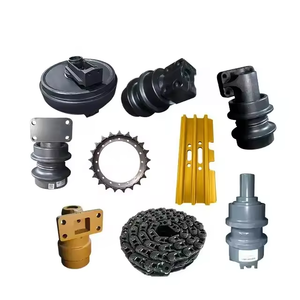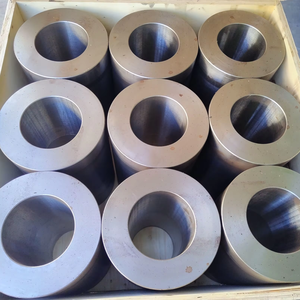**The Importance of Competent Person Inspections in Excavation: Ensuring Compliance and Safety**
(The Importance of Competent Person Inspections in Excavation: Ensuring Compliance and Safety)
Excavation work is a critical component of construction, mining, and infrastructure development projects. However, it is also one of the most hazardous activities in the engineering and construction industries. The risks associated with excavation, such as cave-ins, falls, hazardous atmospheres, and equipment-related accidents, can lead to severe injuries, fatalities, and costly project delays. To mitigate these risks, the role of a competent person in conducting thorough inspections is paramount. Competent person inspections are not only a regulatory requirement but also a fundamental practice to ensure safety, compliance, and operational efficiency.
### Understanding the Role of a Competent Person
A competent person, as defined by the Occupational Safety and Health Administration (OSHA), is an individual who is capable of identifying existing and predictable hazards in the surroundings or working conditions that are unsanitary, hazardous, or dangerous to employees. This person has the authority to take prompt corrective measures to eliminate these hazards. In the context of excavation, a competent person must possess specific knowledge, training, and experience in soil analysis, protective systems, and excavation safety standards.
The competent person’s responsibilities include inspecting the excavation site daily, assessing soil conditions, determining the appropriate protective systems (such as sloping, shoring, or shielding), and ensuring that all safety protocols are followed. Their expertise is critical in preventing accidents and ensuring that the excavation work complies with regulatory standards.
### Ensuring Compliance with Safety Regulations
Regulatory bodies, such as OSHA, have established stringent guidelines for excavation safety to protect workers and prevent accidents. These regulations mandate that a competent person inspect excavation sites before work begins and as conditions change. For example, OSHA’s excavation standards (29 CFR 1926.650-652) require inspections to identify potential hazards, such as unstable soil, water accumulation, or the presence of underground utilities.
Failure to comply with these regulations can result in severe penalties, including fines and project shutdowns. More importantly, non-compliance can lead to catastrophic accidents, endangering workers’ lives and causing significant financial and reputational damage to companies. Competent person inspections are, therefore, a legal obligation and a moral imperative to safeguard human lives and ensure project continuity.
### Mitigating Risks Through Proactive Inspections
One of the primary benefits of competent person inspections is the proactive identification and mitigation of risks. Excavation sites are dynamic environments where conditions can change rapidly due to factors such as weather, soil composition, and nearby construction activities. A competent person’s ability to recognize these changes and implement corrective measures is crucial in preventing accidents.
For instance, soil type plays a significant role in excavation safety. A competent person can classify soil as Type A, B, or C based on its stability and determine the appropriate protective measures. Inadequate soil analysis or improper protective systems can lead to cave-ins, which are among the leading causes of excavation-related fatalities. By conducting thorough inspections, a competent person ensures that the excavation site remains safe and stable throughout the project.
### Enhancing Operational Efficiency
Beyond safety and compliance, competent person inspections contribute to operational efficiency. By identifying potential hazards early, these inspections help avoid costly delays and disruptions. For example, discovering unstable soil conditions before excavation begins allows for the implementation of appropriate protective systems, preventing accidents and ensuring smooth project execution.
Moreover, competent person inspections foster a culture of safety within the organization. When workers see that their safety is prioritized, they are more likely to adhere to safety protocols and remain vigilant on-site. This proactive approach not only reduces the likelihood of accidents but also enhances productivity and morale.
### Conclusion
(The Importance of Competent Person Inspections in Excavation: Ensuring Compliance and Safety)
Competent person inspections are a cornerstone of excavation safety and compliance. The expertise and diligence of a competent person in identifying hazards, ensuring regulatory compliance, and implementing protective measures are indispensable in preventing accidents and safeguarding workers’ lives. In an industry where the stakes are high, the role of a competent person cannot be overstated. By prioritizing competent person inspections, organizations can uphold their commitment to safety, avoid costly penalties, and ensure the successful completion of excavation projects. In essence, investing in competent person inspections is an investment in safety, compliance, and operational excellence.


